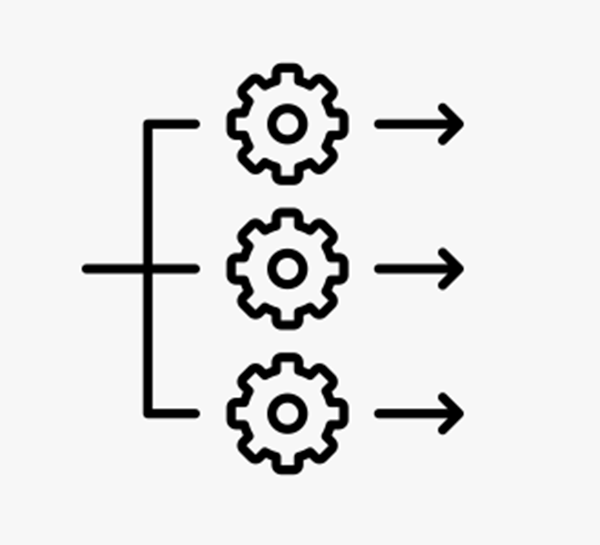
General: Merry Christmas to all my readers
2025 has been a busy and challenging year for me. I want to thank all of you who have been reading my blog. Every week, there are more views than before. I’m pleased to see that, even when I’ve been posting daily.
Whatever your belief system, Christmas is a moment of pause for many of us, but it’s also a reminder of how much data shapes the world around us — even in the stories we grew up with.
2025-12-25






